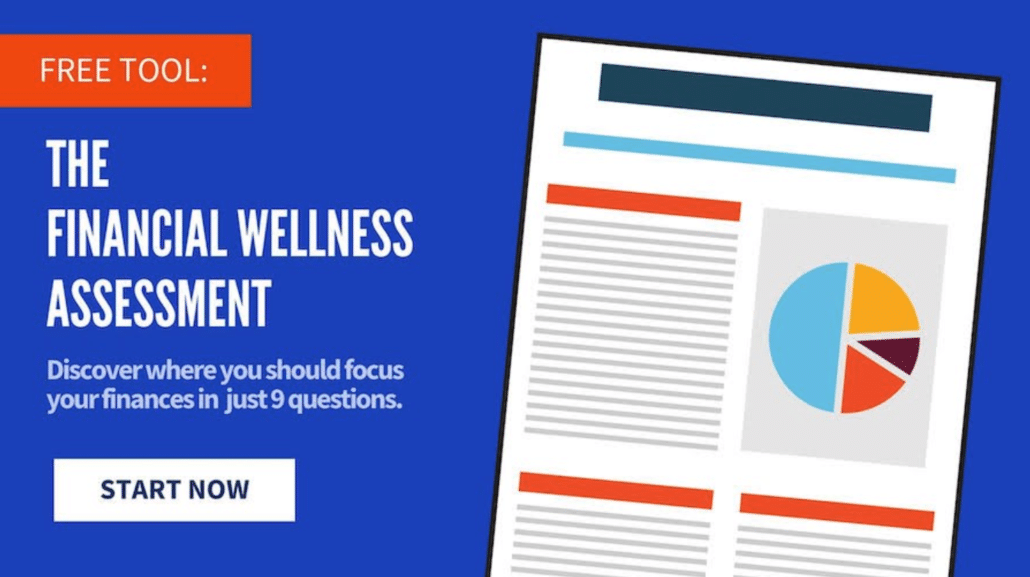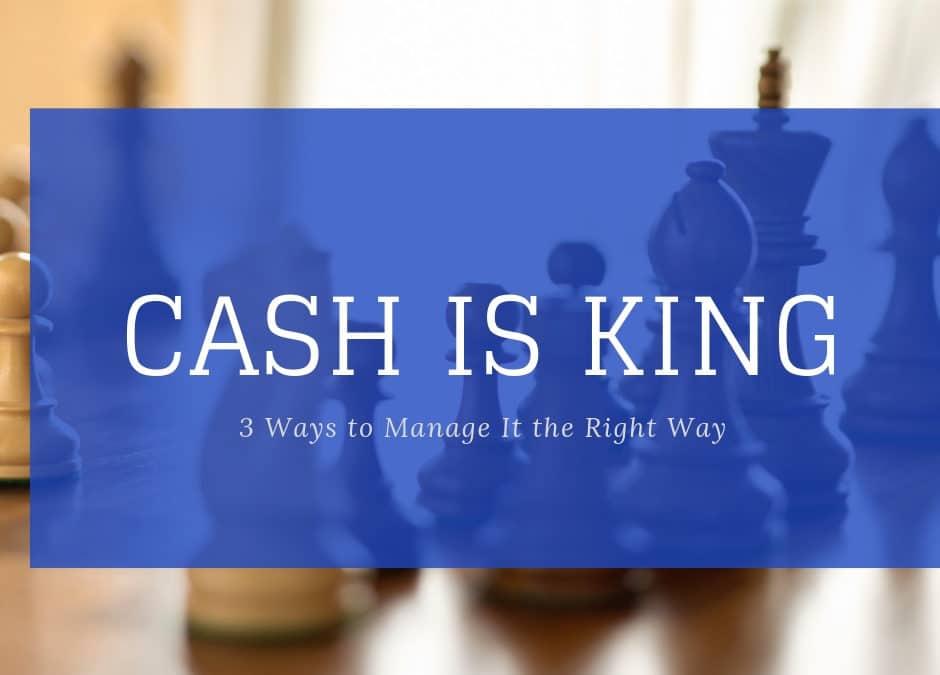People say that cash is king, but they don’t give their cash the royal treatment it deserves.
The biggest mistake people make is having too big a cash balance in their primary banking account. Since cash loses purchasing power over time, efficient use of cash is a crucial piece of your financial plan. Below are three ways to manage it the right way.
Cash Buffer
There needs to be some cushion in your checking account to protect against overdrafts or surprises that result from a mismatch in the timing of automatic bill payments and your paycheck. The cushion doesn’t need to be very big. Most people find 25% to 50% of one month’s expenses to be sufficient. If you have highly unpredictable income and expenses, then a full month of expenses is more prudent. This is common among people that put reimbursable business expenses on their personal credit cards.
Your cash buffer belongs in your primary checking account. It acts as a level to mentally associate with a balance of zero. For example, if you cash buffer is $5,000 and you dip below that amount, you might consider exercising additional care with your expenses and payments.
Emergency Fund
I’m a big believer in having six to 12 months of expenses on hand for life’s unexpected surprises such as medical bills, car repairs, job loss, and so on. Within that range, the specific size of your emergency fund should correspond with your level of job security and the potential volatility of your income. Doctors and tenured professors have incomes that are more predictable and don’t need as big of an emergency fund. On the other hand, someone who works in construction, an industry that tends to fluctuate with the economy, may want to maintain a bigger emergency fund.
The best place to keep an emergency fund is an online savings account, separate from your primary bank. Some examples of online banks include Ally Bank, Synchrony, and CapitalOne 360. Each of these banks pay higher interest rates than the traditional brick-and-mortar banks. An added benefit of using an online bank that is separate from your primary checking bank is that it will make it easier to resists the urge to dip into those funds for non-emergency purposes.
Allocate to Long Term Goals
Saving for long-term goals like retirement requires you to grow your savings faster than inflation without taking undue risks. Holding too much of your money is cash can make this process difficult for two reasons. The first is that cash provides poor long-term returns. The second problem is the psychological mind games that come into play. When stocks are going up, people frequently tell themselves that they will wait for a pullback to deploy excess cash; and when stocks fall, there is an urge to wait for them to fall further.
In an ideal world, we could meet all our life goals by simply being good savers and use safe, liquid assets such as cash. However, investors need to take risk to generate real returns. Markets will fall from time to time – sometimes more than others – but investors with a long horizon have time to ride out short-term volatility.
…
RESOURCE: Do you want to make smart decisions with your money? Discover your biggest opportunities in just 9 questions with my Financial Wellness Assessment.
















Very helpful information